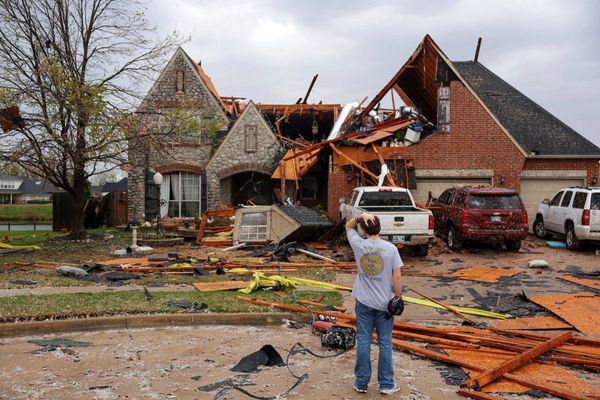Dr. Julian Kim was teaching a minor surgical procedure in Cleveland when he started walking funny.
He didn’t notice it, but someone else in the operating room did.
“I actually had a bleed into my brain … related to high blood pressure,” Kim said. “I didn’t even know I had high blood pressure.”
Kim had a stroke that day.
He survived in part because he was in a hospital and received immediate care with medication to lower his blood pressure. It still took him six months of physical therapy to recover but, five years later, he’s working as a cancer surgeon at Prisma Health in Columbia and says he’s healthier than ever.
He’d just rather have known back then what he knows now.
“I just hadn’t been exposed to a lot of what is known about strokes,” Kim said.
According to the Centers for Disease Control and Prevention, stroke is a leading cause of death in the United States and is a major cause of serious disability for adults. It is also preventable. Stroke was the fifth leading cause of death in South Carolina in 2019, statistics from the South Carolina Department of Health and Environmental Control show.
Here are 3 things Kim learned through his experience that could help others prevent strokes or recognize warning signs to possibly save their lives.
Blood pressure the silent killer
Kim said high blood pressure is referred to as the silent killer and he can believe it, given that he didn’t even know it was causing him to have a stroke as it was happening.
“I was awake and talking,” Kim said.
Kim said he never really considered that he was living with high blood pressure, since at the time he was in his 50s, exercising regularly and mostly feeling fine.
“I was having some headaches that in hindsight we think was related to the stroke,” Kim said. “Leading up to the stroke, I was asking my secretary for Tylenol — turns out it was a sign. I was not having chest pain, that’s why they say high blood pressure could be the silent killer.”
Sleep apnea can be a warning sign
After his stroke, Kim learned he had sleep apnea, a type of sleeping disorder that’s associated with a higher risk for strokes, studies have shown. Kim said he used to snore at night but didn’t think much of it.
“I didn’t know I had it,” Kim said of sleep apnea. “It was a warning sign that even as a physician, I was not paying attention to.”
Kim now sleeps using a CPAP machine, which prevents snoring and sleep apnea.
“My sleep is much better,” he said.
Get regular checkups
Kim said since his stroke, he has not only improved his diet, lost weight and exercised more, he started seeing a family physician regularly.
“Prior to the stroke, I didn’t see a doctor because I was feeling fine and was exercising,” Kim said. “It really illustrates the importance of yearly checkups … even if you feel fine, exercise regularly, it doesn’t mean you don’t have an issue like high blood pressure.”
Below are other signs of a stroke, according to the CDC. Acting quickly to get medical care could greatly reduce the chance of death or disability.
• Sudden numbness or weakness in the face, arm, or leg, especially on one side of the body.
• Sudden confusion, trouble speaking, or difficulty understanding speech.
• Sudden trouble seeing in one or both eyes.
• Sudden trouble walking, dizziness, loss of balance or lack of coordination.
• Sudden severe headache with no known cause.







